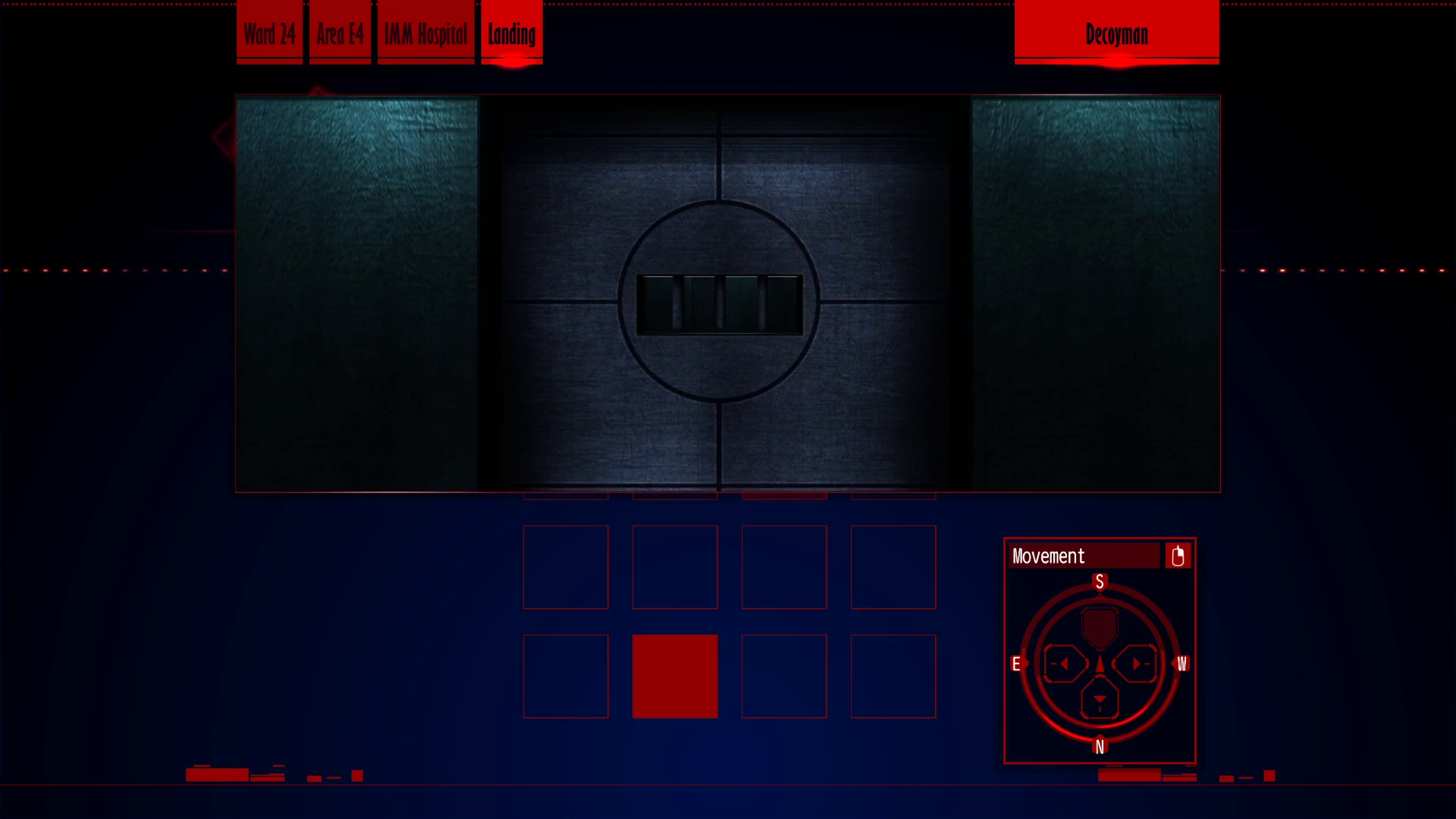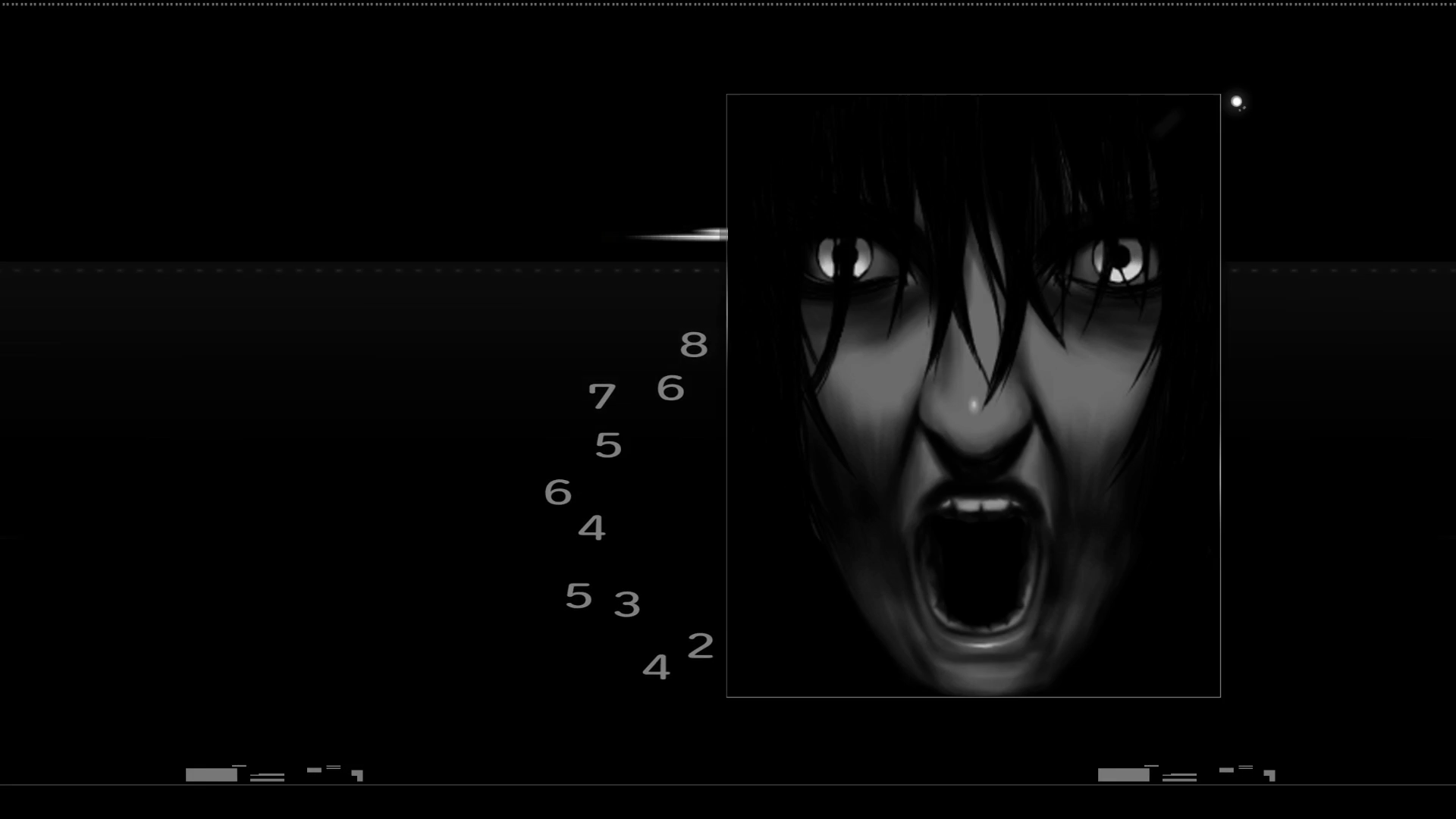In an earlier scene, Morikawa casts doubt on Nakategawa’s honesty, correctly suggesting he is a spy whom the Central Police planted in the HC Unit: “According to Naka, Central knows we’ve captured Kamui. […] [Naka is] here on Central’s orders. […] Maybe they’re purposely keeping him at arm’s length… In some sort of scheme.” If Nakategawa is acting on behalf of an outside entity’s “scheme,” the player cannot trust the information he provides about Kamui in the briefing. “LifeCut” severely compounds this unreliability, revealing Nakategawa to be an ELBOW agent and participant in the Shelter Kids Policy. He definitely lies when he tells Chizuru and Morikawa he does not know the details of the policy. Nakategawa is the least sympathetic and most hypocritical member of the HC Unit. Hence his analysis is unreliable self-justification.
Far from seeking darkness, Fujiwara literally dresses in bright white, though it does resemble Sumio’s prison uniform, and is consistently associated with pursuing light and banishing darkness. The same scene in which Nakategawa makes these claims depicts Fujiwara dressed in white, staring up at light, and standing in flashing white light.

After “Decoyman,” Fujiwara does not reappear until “LifeCut.” In the opening, Tokio reports that, in November, Fujiwara recovered from his illness, left the IMM Hospital, and assassinated seven high-ranking officials. Instead of a serial killer, Fujiwara might appear to become the third Kamui or fourth Kamui, as explained below. Morikawa describes Fujiwara as just Kamui’s “shell,” supporting the hayokpe interpretation described under the fourth Kamui subsection, both literally and in the metaphorical sense.
In this report, as mentioned above, Tokio dismisses Fujiwara. However, although Tokio is proven correct more often than other characters are, this does not mean he accurately comprehends the “facts.” Just a few days later, Tokio mourns Fujiwara, considers him part of himself (the fourth Kamui), and identifies him with “the words of the people,” a far cry from “a crazy son of a bitch.” In the earlier report condemning Fujiwara, Tokio promulgates the perspective of his client, the imposter Inohana (Uminosuke), on behalf of the TRO/CCO, Nezu, and/or TTV. In this moment, Tokio is one node disseminating the “truth” of the first Kamui, an unwitting part of the media machine attempting to suppress the fourth Kamui, the values Fujiwara represents, the same as Nakategawa does with physical destruction.

A closeup of Fujiwara screaming, his eyes gleaming silver, accompanies Tokio’s report. This disturbing image may evoke the brutal savagery of the Silver Case Kamui. But it might instead be understood as depicting the fury of someone with good reason to be angry.